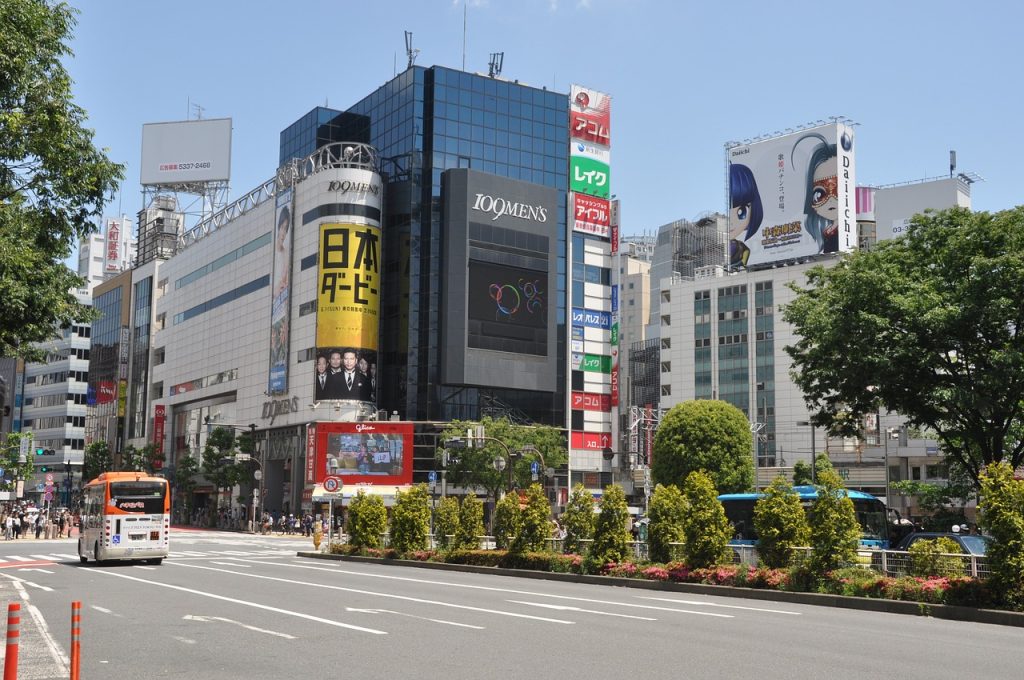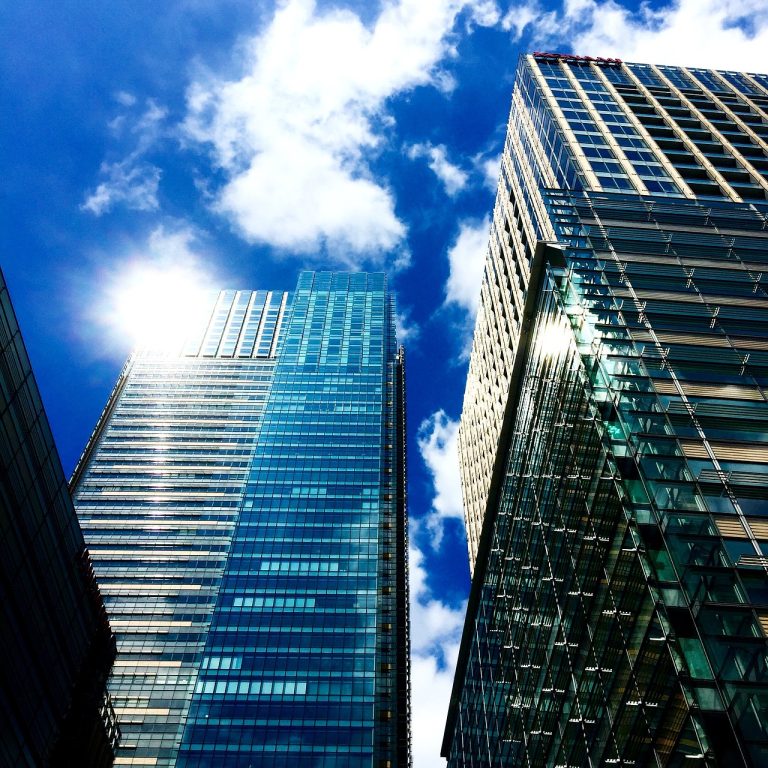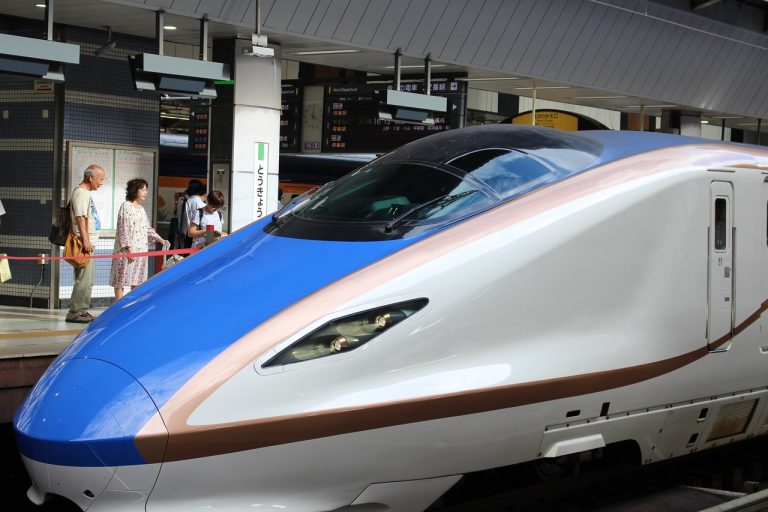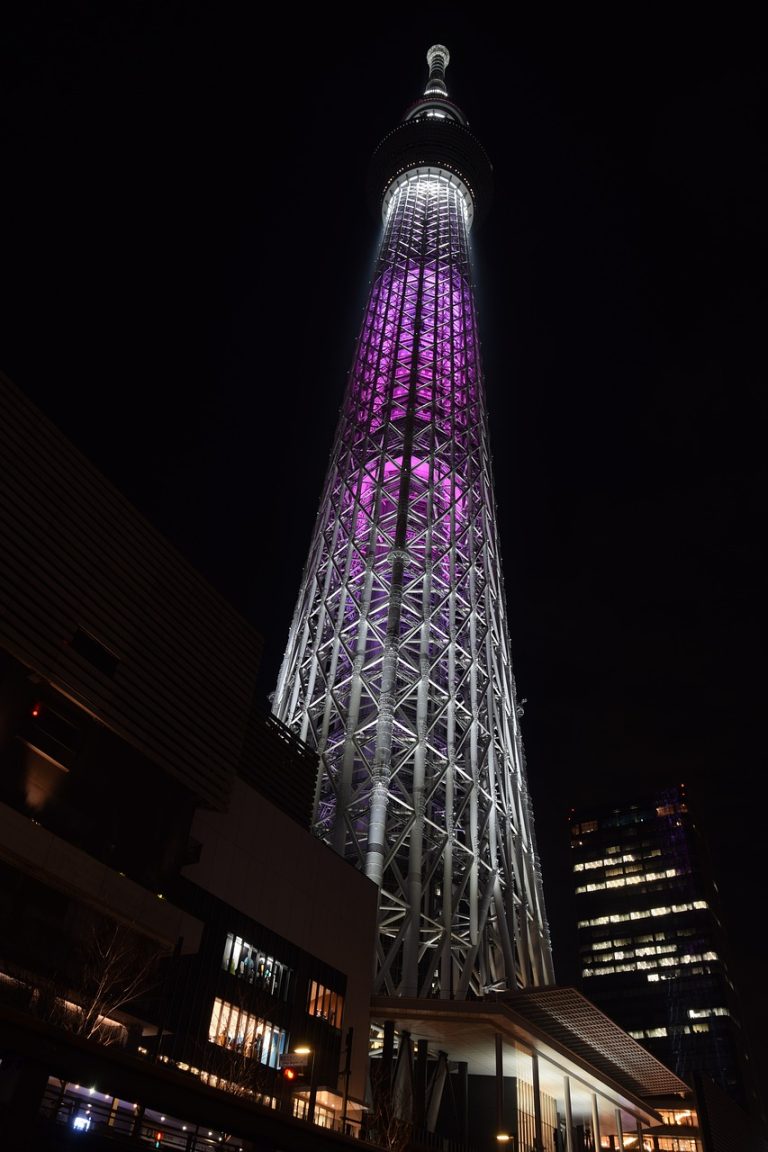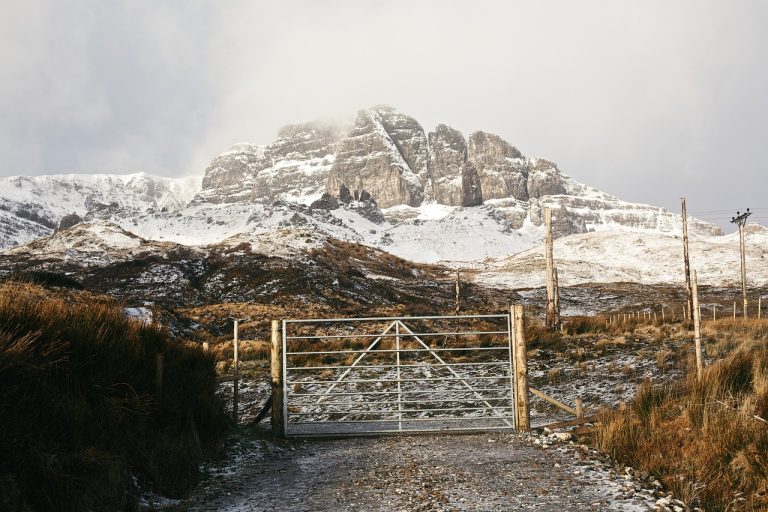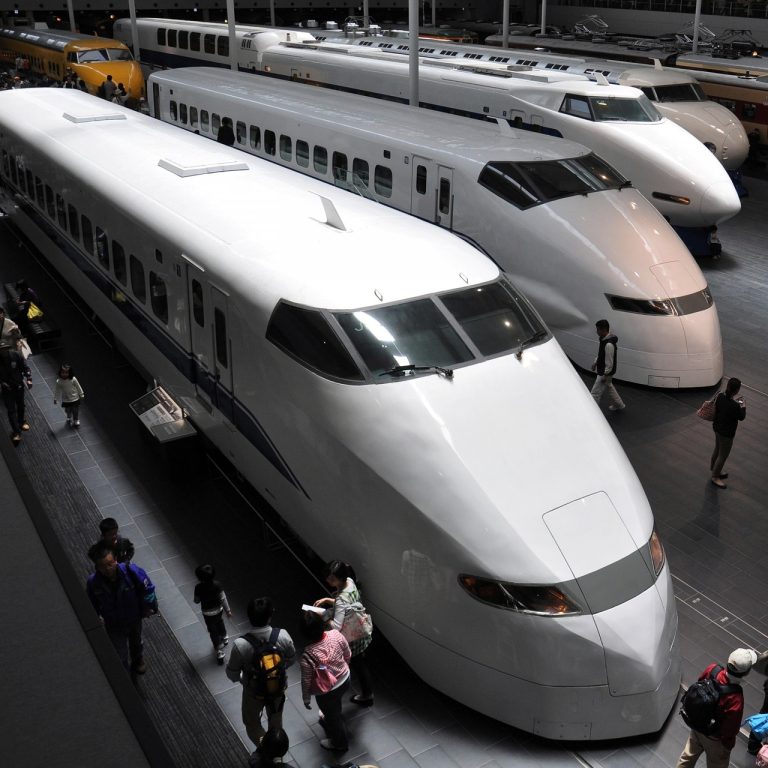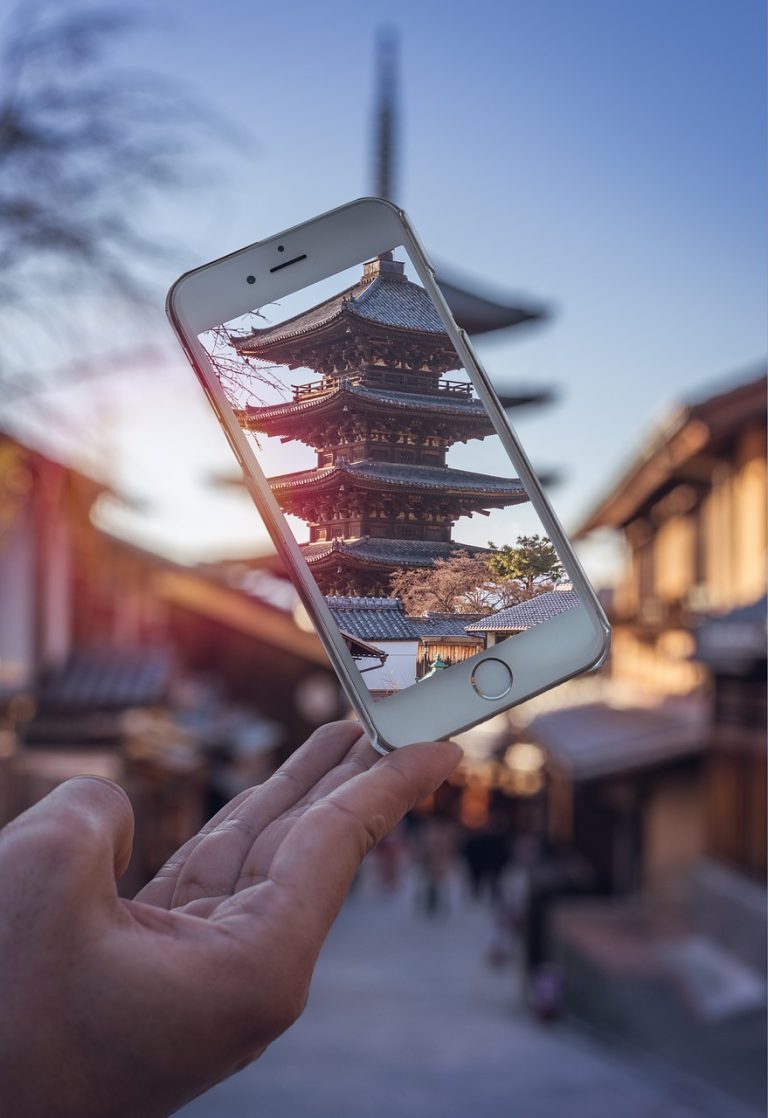Tokyo Japan Video
Historical Treasures of Tokyo Japan: Reliving the Past
Tokyo, the capital of Japan, is a city rich in history and culture. From ancient temples to traditional gardens, the city is home to numerous historical treasures that offer a glimpse into its past. In this article, we will explore ten such historical sites that are a must-visit for anyone interested in Japanese history and heritage.
1. Senso-ji Temple
Located in the Asakusa district, Senso-ji Temple is Tokyo’s oldest and most famous Buddhist temple. Built in the 7th century, the temple is dedicated to the bodhisattva Kannon and is a symbol of spiritual and cultural significance. The temple complex includes a main hall, a five-story pagoda, and the Nakamise shopping street, where visitors can find traditional souvenirs and local snacks.
- Senso-ji Temple is one of the most visited spiritual sites in Tokyo.
- Its iconic Kaminarimon Gate, adorned with a massive red lantern, is a popular photo spot.
- The temple’s main hall houses a large statue of Kannon, the goddess of mercy.
- Visitors can experience the traditional Japanese practice of omikuji, where fortunes are drawn.
- The temple grounds are especially beautiful during cherry blossom season in spring.
2. Tokyo Imperial Palace
The Tokyo Imperial Palace is the primary residence of the Emperor of Japan and is located in the Chiyoda ward. The palace is surrounded by beautiful gardens and moats, providing a tranquil oasis in the heart of the bustling city. While the inner grounds are only open to the public on special occasions, visitors can explore the outer gardens and enjoy the scenic views.
- The Imperial Palace was originally built in the 15th century as a castle.
- It became the imperial residence in 1868 when Tokyo became the capital of Japan.
- The palace complex includes historic buildings such as the Main Gate and the Imperial Household Agency.
- Visitors can participate in guided tours to learn about the palace’s history and architecture.
- The East Gardens, open year-round, offer stunning landscapes and cherry blossoms in spring.
3. Meiji Shrine
Meiji Shrine, located in Shibuya, is a Shinto shrine dedicated to Emperor Meiji and Empress Shoken. Surrounded by a dense forest, the shrine provides a serene escape from the modern city. The shrine complex includes the main shrine building, a treasure museum, and the Inner Garden, which showcases a variety of beautiful plants and trees.
- Meiji Shrine was built in 1920 to commemorate Emperor Meiji, who played a significant role in Japan’s modernization.
- The shrine’s architecture reflects the traditional Shinto style, with beautiful wooden structures.
- Visitors can witness traditional Shinto rituals and ceremonies, especially during New Year’s celebrations.
- The shrine’s Inner Garden is a popular spot for cherry blossom viewing and autumn foliage.
- The treasure museum displays personal belongings of Emperor Meiji and Empress Shoken.
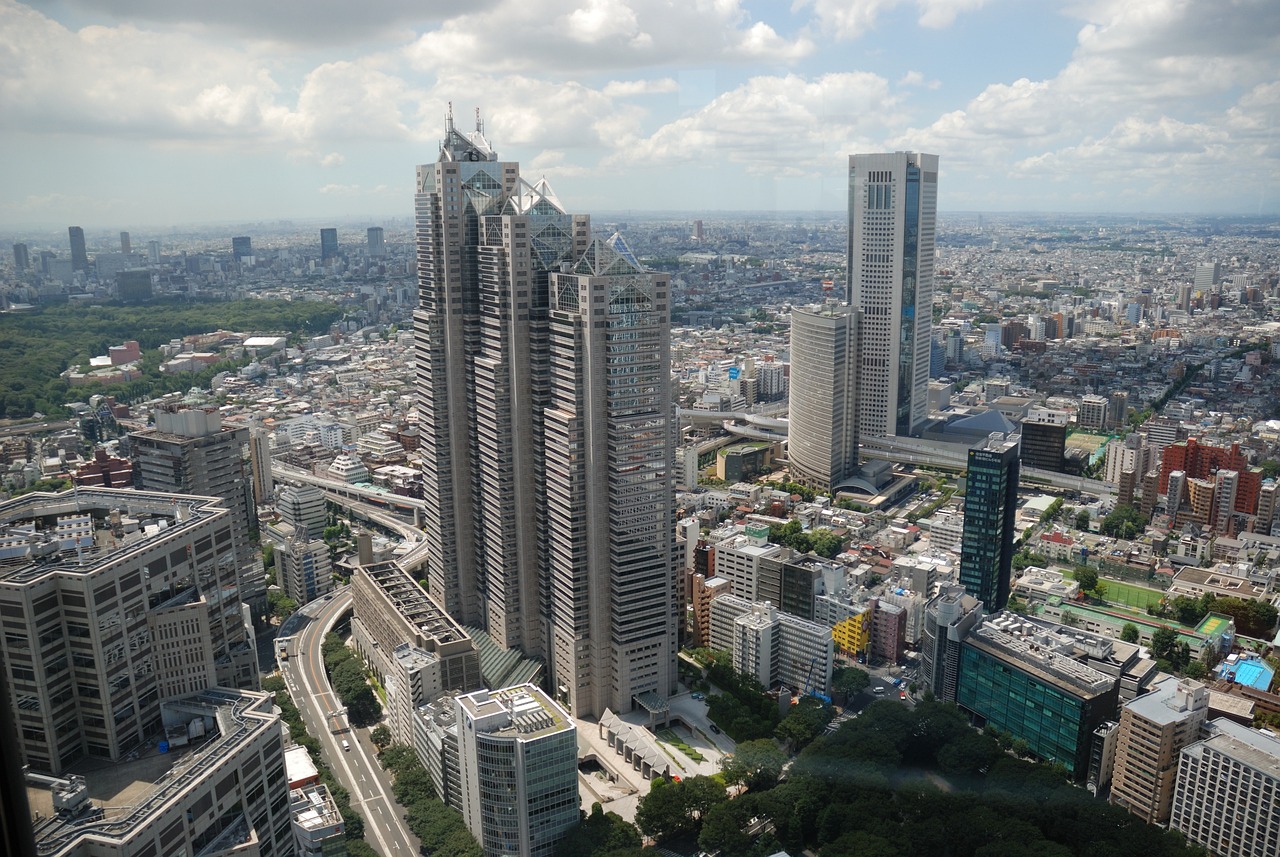
4. Edo-Tokyo Museum
The Edo-Tokyo Museum in Ryogoku is a must-visit for those interested in Tokyo’s history. The museum showcases the city’s transformation from the Edo period to its modern-day incarnation. Through interactive exhibits and life-size replicas, visitors can immerse themselves in the daily life, culture, and architecture of old Tokyo.
- The museum’s permanent exhibition features detailed displays of Edo-era buildings, streets, and shops.
- Visitors can explore recreated neighborhoods and experience the atmosphere of historic Tokyo.
- The museum also hosts temporary exhibitions, highlighting various aspects of Tokyo’s history and culture.
- Interactive displays allow visitors to try traditional crafts and games.
- The museum’s rooftop observation deck offers panoramic views of the surrounding area.
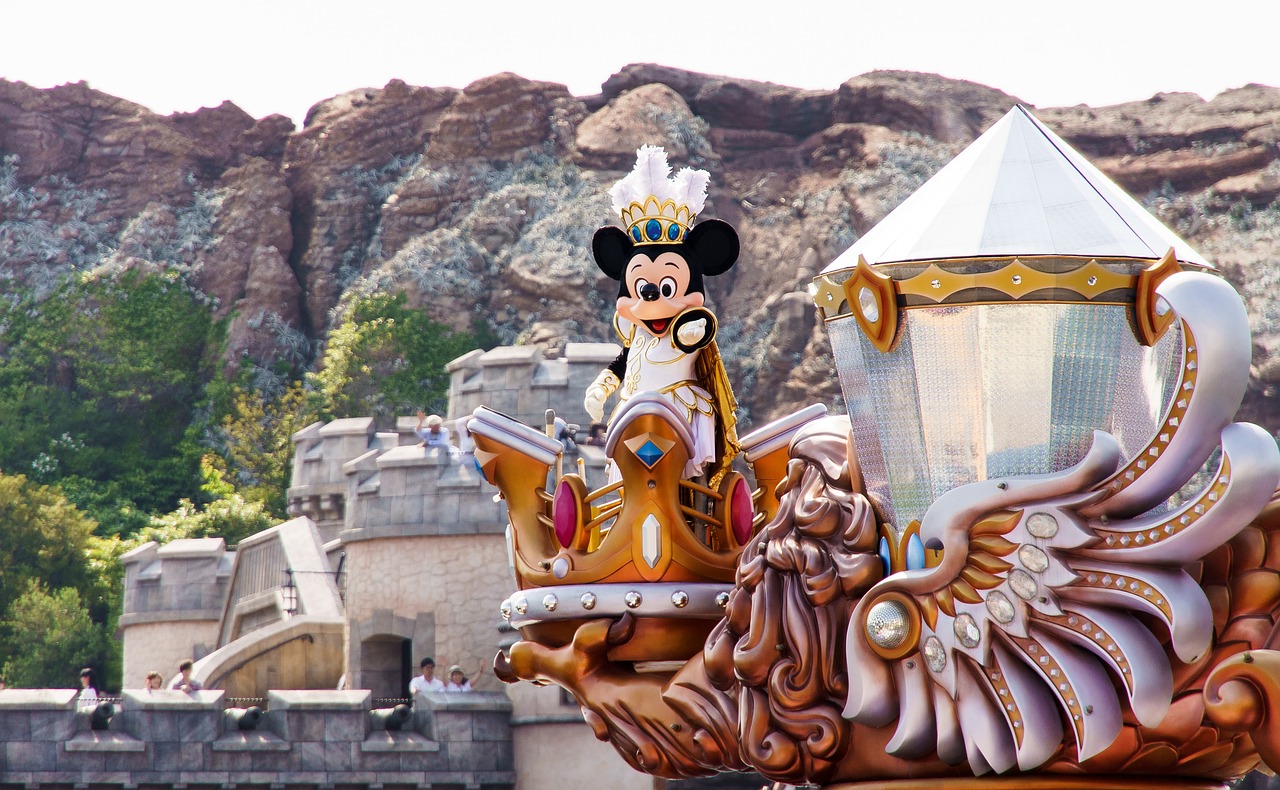
5. Ueno Park
Ueno Park, located in the Ueno district, is not only a beautiful green space but also a historical treasure trove. The park is home to several museums and cultural institutions, making it a hub for art and history enthusiasts. It also features temples, shrines, and a zoo, offering a diverse range of attractions within a single park.
- The park’s main entrance is marked by the iconic Ueno Toshogu Shrine, dedicated to Tokugawa Ieyasu.
- The Tokyo National Museum, located within the park, houses an extensive collection of Japanese art and artifacts.
- Other museums in the park include the National Museum of Nature and Science and the Ueno Royal Museum.
- Visitors can enjoy cherry blossoms in spring and vibrant autumn foliage.
- The park’s peaceful ponds and gardens provide a serene environment for relaxation.
6. Imperial Palace Gardens
The Imperial Palace Gardens, located in the heart of Tokyo, offer a serene escape from the urban hustle and bustle. The gardens surround the Tokyo Imperial Palace and are known for their beautiful landscapes, including traditional Japanese gardens and scenic ponds.
- The gardens were originally part of the Edo Castle grounds, the residence of the Tokugawa shogunate.
- Today, the gardens provide a tranquil space for walking, jogging, and picnicking.
- Visitors can explore various gardens, including the Ninomaru Garden and the East Gardens.
- The gardens are home to ancient stone walls, historic ruins, and picturesque bridges.
- The Nijubashi Bridge, a famous symbol of the Imperial Palace, is a popular photo spot.
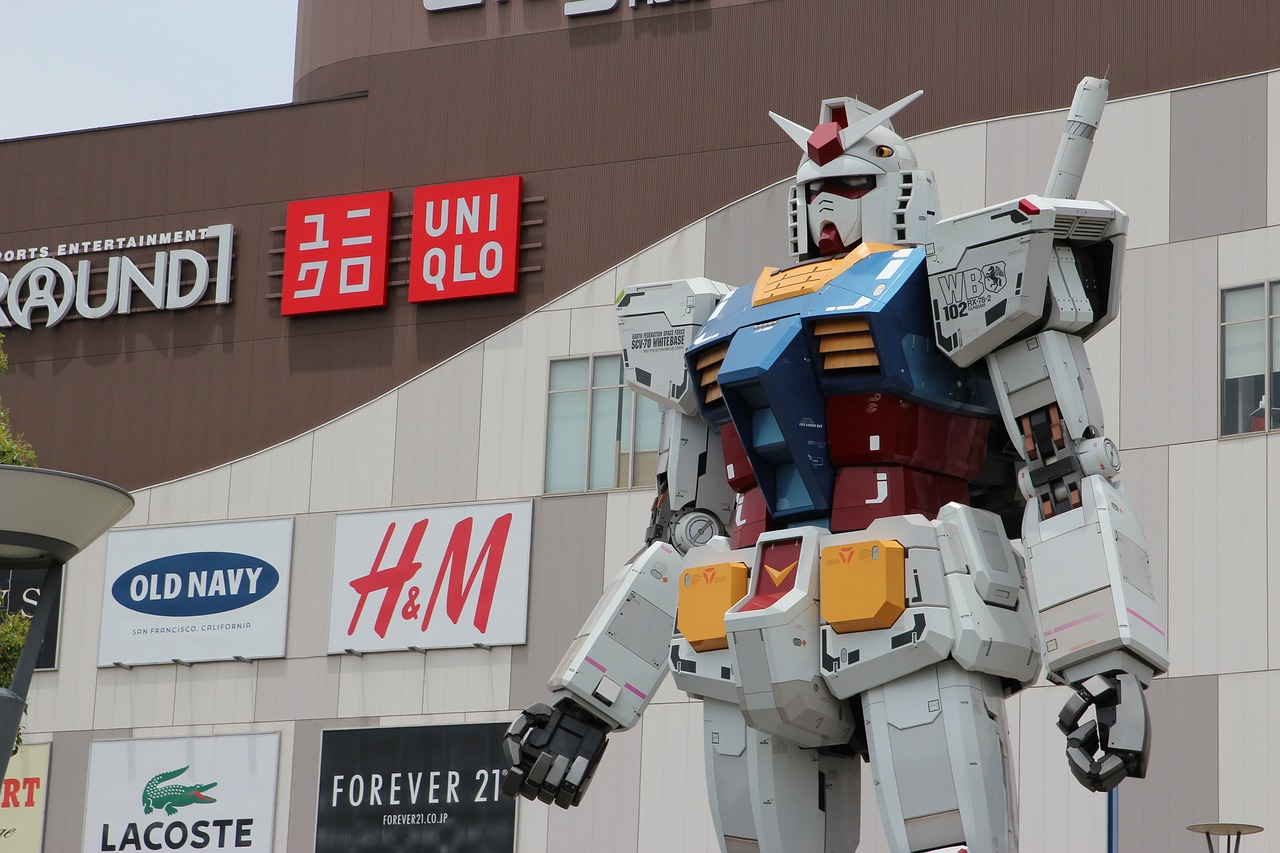
7. Hama-rikyu Gardens
Hama-rikyu Gardens, located in Chuo, is a spacious public garden with a history dating back to the Edo period. The gardens feature a large tidal pond, teahouses, and meticulously landscaped gardens. It is a popular spot for strolling, picnicking, and enjoying traditional Japanese tea ceremonies.
- The gardens were originally built as a feudal lord’s residence during the Edo period.
- Visitors can enjoy a boat ride on the pond and admire the surrounding scenery.
- The Nakajima-no-ochaya teahouse offers traditional tea ceremonies with a view of the pond.
- Cherry blossoms in spring and autumn foliage make the gardens even more enchanting.
- The gardens provide a peaceful retreat amidst the modern cityscape.
8. Edo Castle Ruins
The Edo Castle Ruins, located in Chiyoda, are remnants of the former residence of the Tokugawa shogunate. While most of the castle was destroyed over time, the remaining stone walls and moats provide a glimpse into Tokyo’s feudal past. The surrounding area is now home to the Imperial Palace and its gardens.
- The Edo Castle was the seat of power for the Tokugawa shoguns during the Edo period.
- Visitors can explore the castle grounds and walk along the historic stone walls.
- The Otemon Gate, a reconstructed gate, offers insight into the castle’s grandeur.
- Guided tours provide in-depth knowledge about the castle’s history and significance.
- The castle ruins are especially beautiful during cherry blossom season.
9. Yasukuni Shrine
Yasukuni Shrine, located in Chiyoda, is a controversial Shinto shrine dedicated to the souls of Japan’s war dead. It serves as a memorial to those who lost their lives in service to the country. The shrine complex includes several buildings, monuments, and a museum that sheds light on Japan’s military history.
- Yasukuni Shrine was established in 1869 and has since become a symbol of Japanese nationalism.
- The shrine’s main hall houses the Yushukan Museum, which exhibits military artifacts and historical documents.
- Visitors can pay their respects at the shrine and learn about Japan’s wartime history.
- The shrine’s annual Yasukuni Shrine Festival attracts large crowds and features traditional performances.
- Yasukuni Shrine remains a site of controversy due to its association with Japan’s militaristic past.
10. Tokyo National Museum
The Tokyo National Museum, located in Ueno Park, is Japan’s oldest and largest museum. It houses an extensive collection of art and artifacts, showcasing Japan’s rich cultural heritage. The museum’s exhibits cover a wide range of topics, including Japanese and Asian art, archaeology, and history.
- The museum’s collection includes over 110,000 items, including national treasures and important cultural properties.
- Visitors can explore various galleries, such as the Japanese Gallery, the Asian Gallery, and the Archaeology Gallery.
- The museum hosts special exhibitions that provide deeper insights into specific periods or themes.
- The museum’s research and conservation efforts contribute to the preservation of Japan’s cultural heritage.
- Audio guides and guided tours are available to enhance the museum experience.
References
- Tokyo Metropolitan Government: https://www.metro.tokyo.lg.jp
- Senso-ji Temple: https://www.senso-ji.jp
- Tokyo Imperial Palace: https://www.kunaicho.go.jp
- Meiji Shrine: https://www.meijijingu.or.jp
- Edo-Tokyo Museum: https://www.edo-tokyo-museum.or.jp
- Ueno Park: https://www.tokyo-park.or.jp/park/format/index037.html
- Imperial Palace Gardens: https://www.env.go.jp/garden/gyoen/english
- Hama-rikyu Gardens: https://www.tokyo-park.or.jp/park/format/index003.html
- Yasukuni Shrine: https://www.yasukuni.or.jp
- Tokyo National Museum: https://www.tnm.jp

